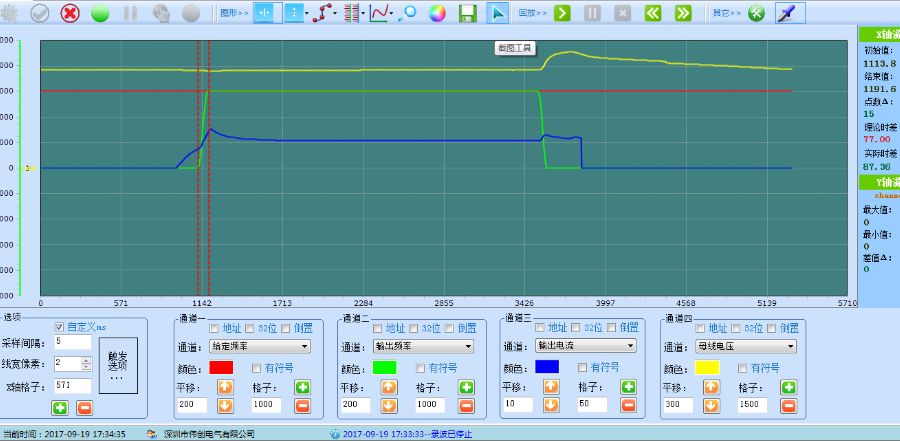System features
(1) Strong adaptability
a. Strong adaptability to site environment. Independent air duct design, electrical components are not easy to be damaged by external corrosion, equipped with a 24 V high-speed dust-proof fan, which can adapt to the harsh environment and high-temperature environment.
b. It is suitable for asynchronous, permanent magnet single-stage and double-stage compressors.

(2) Performance
a. Static complete motor parameter learning.
b. Quick response. When the rated load is applied, the response is completed within 50ms from the stop state to the rated speed.
c. High torque at low frequency. Without PG vector control, 180% rated torque can be output at 0.5Hz to ensure the smooth operation of air compressor when starting.
(3) System features
a. Special air compressor PID control algorithm, intelligent PID control algorithm, to achieve adaptive PI parameters, to meet the pressure control fast response and not overshoot constant pressure requirements.
b. The system can pre-set weekly work schedule according to the working time of the factory. The air compressor can automatically turn on and off and automatically adjust the gas consumption according to the set time table, so as to achieve unmanned intelligent work and make the equipment unattended for 24 hours.
c. Air compressor special high performance control system, high system integration, debugging all completed on the touch screen, debugging is simple.
d. Flexible application requirements. Multi design to meet the needs of different air compressor customers: asynchronous motor, permanent magnet motor, single-stage compression, two-stage compression, Internet of things control, remote linkage control, etc.
Debugging steps and parameters
(1) Wiring according to system wiring diagram
(2) Vendor settings and sensor settings
a. Enter the manufacturer parameters to set the manufacturer and select the model (single and double frequency conversion);
b. Set multifunction input, terminal x input status and motor temperature sensor (on or off).
(3) Host parameter setting
a. The main motor parameters are set, and then static self-learning is carried out;
b. Test run the main machine, check the running direction of the main motor, if it is in reverse, replace the phase sequence of the main motor;
c. In the forward direction, view the performance parameters and monitoring parameters.
(4) Fan parameter setting
Fan power frequency setting:
a. Check the direction of fan during trial operation.
Fan frequency conversion setting:
a. Fan parameter setting;
b. Test run the fan and check the direction.
(5) Carry out on load operation test










